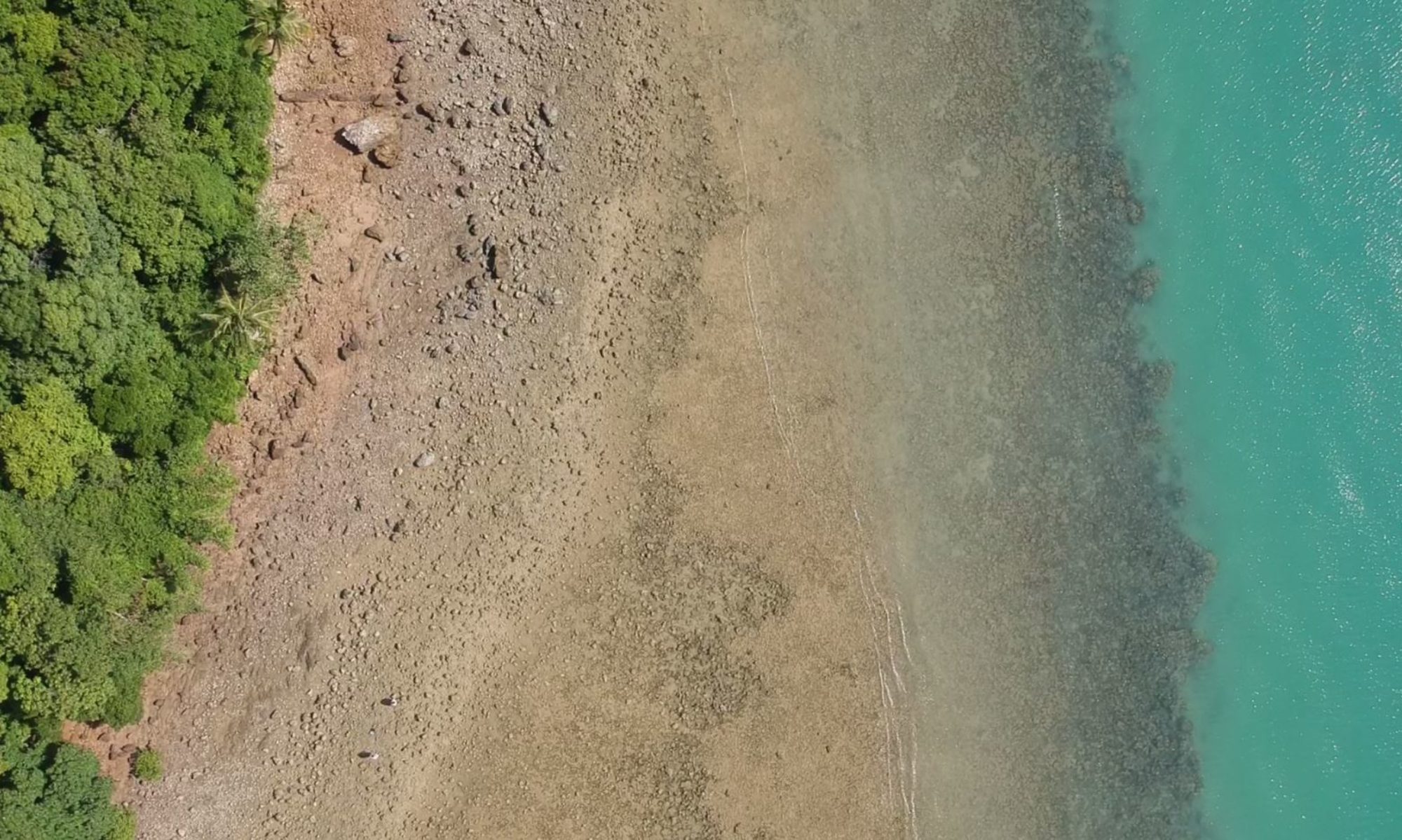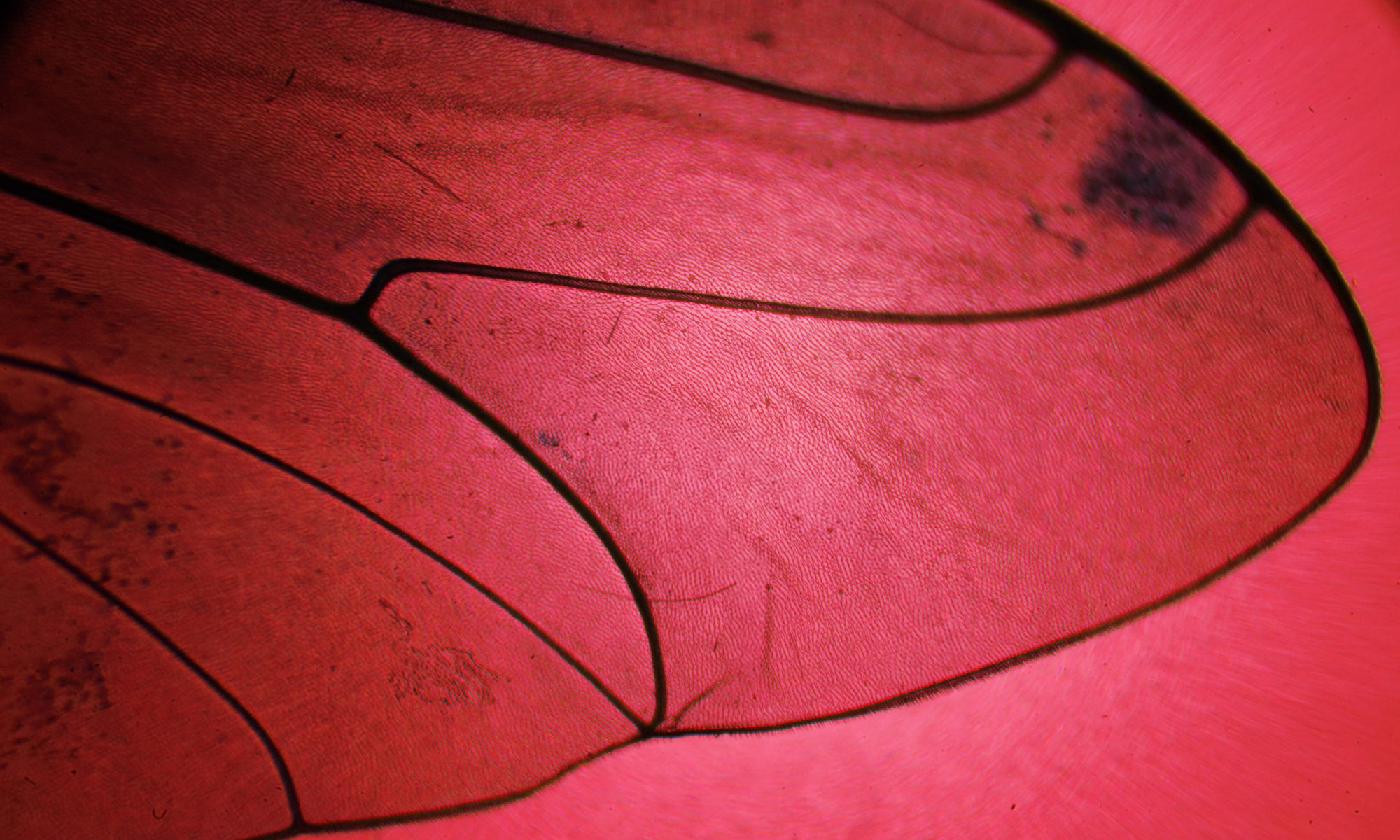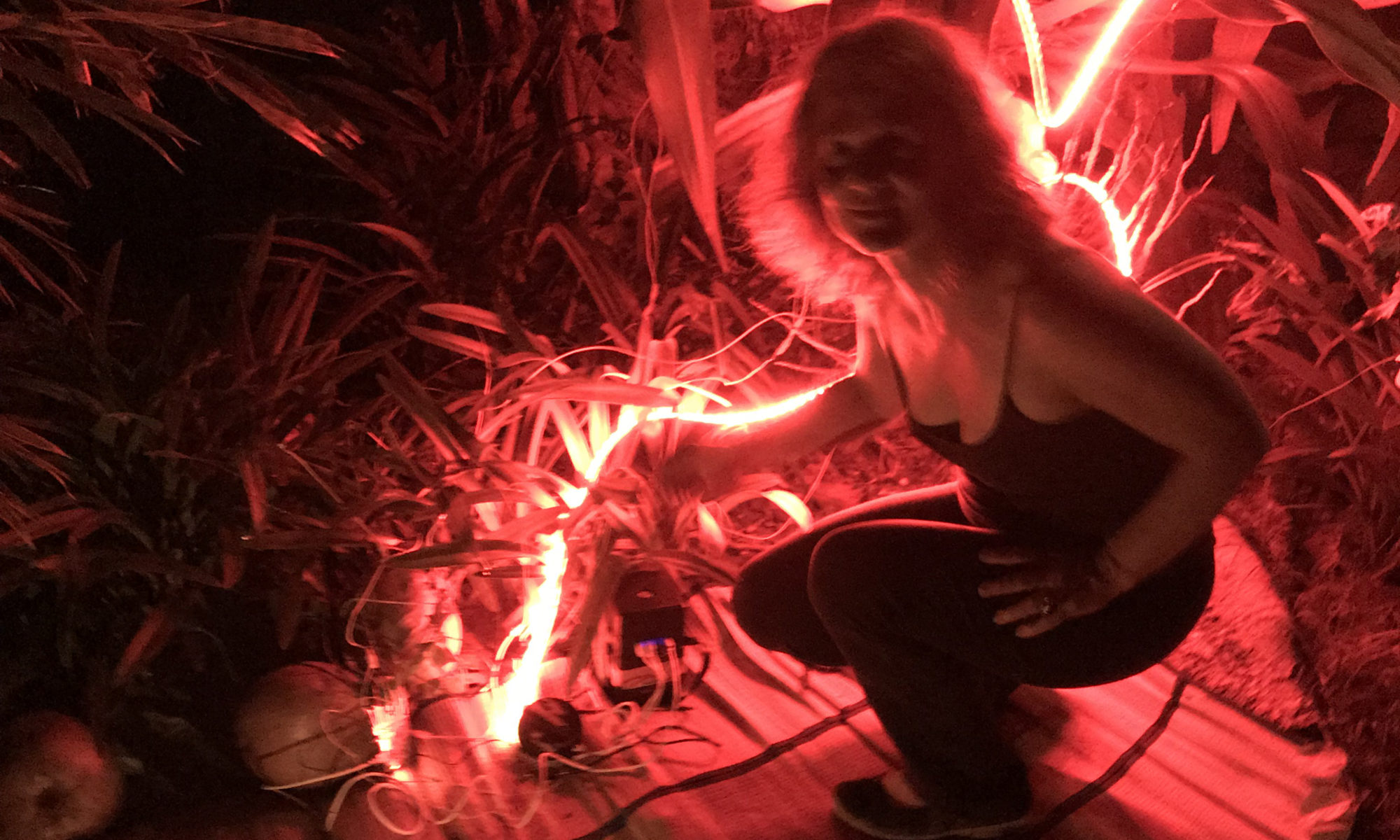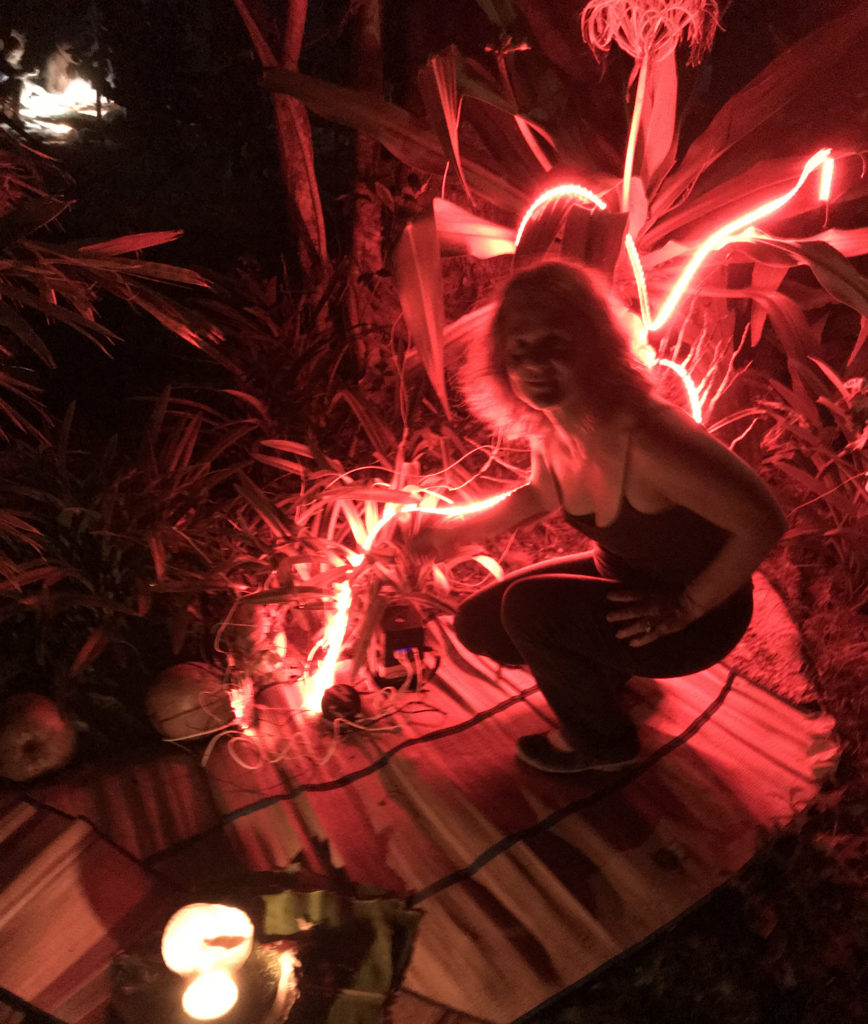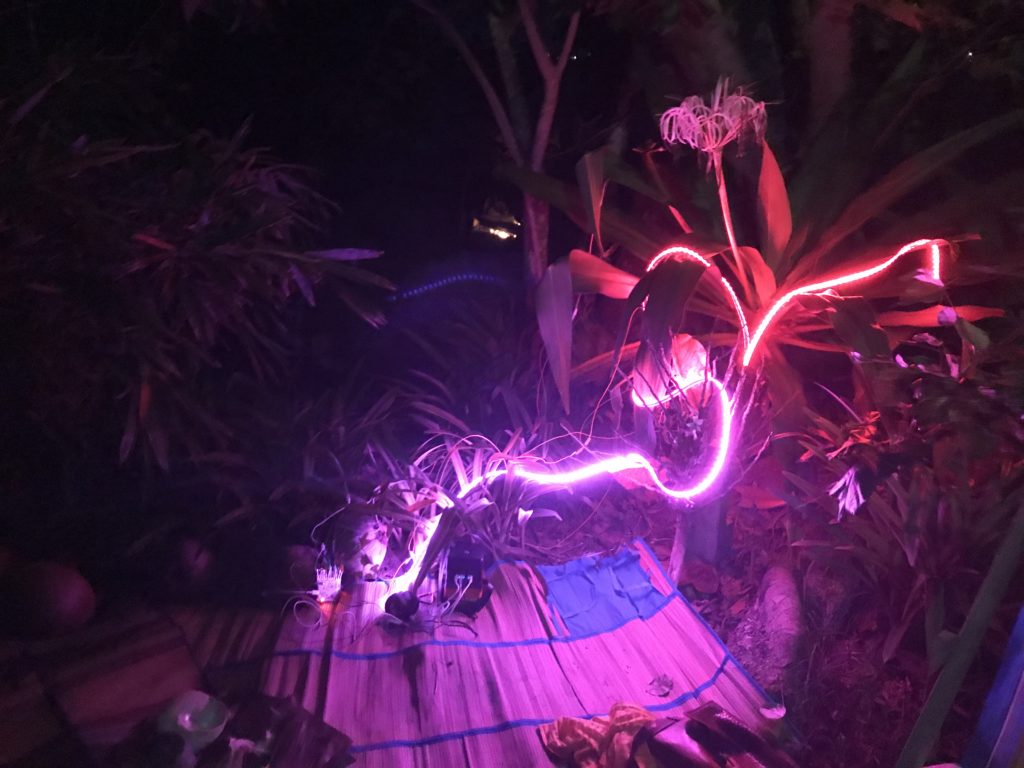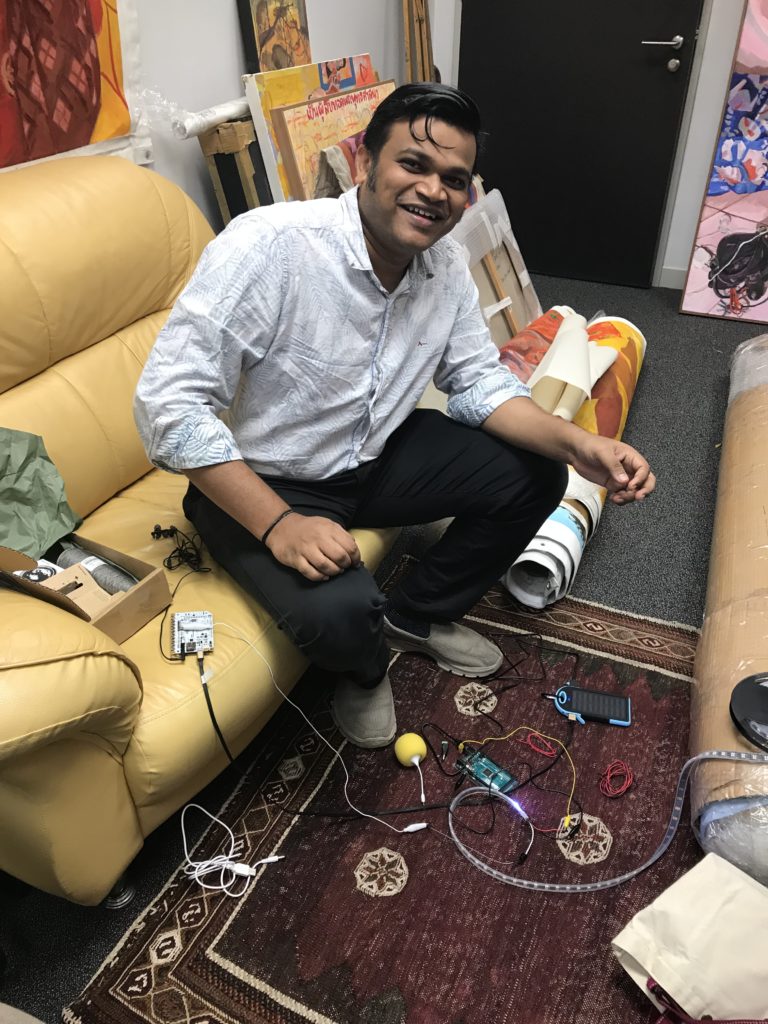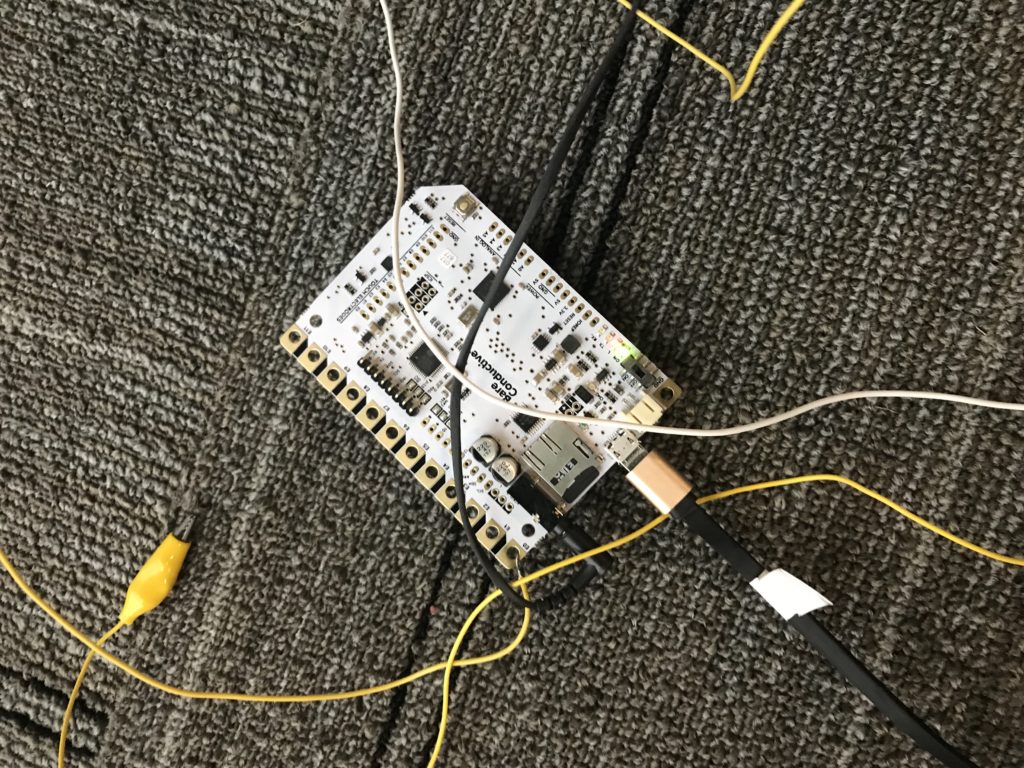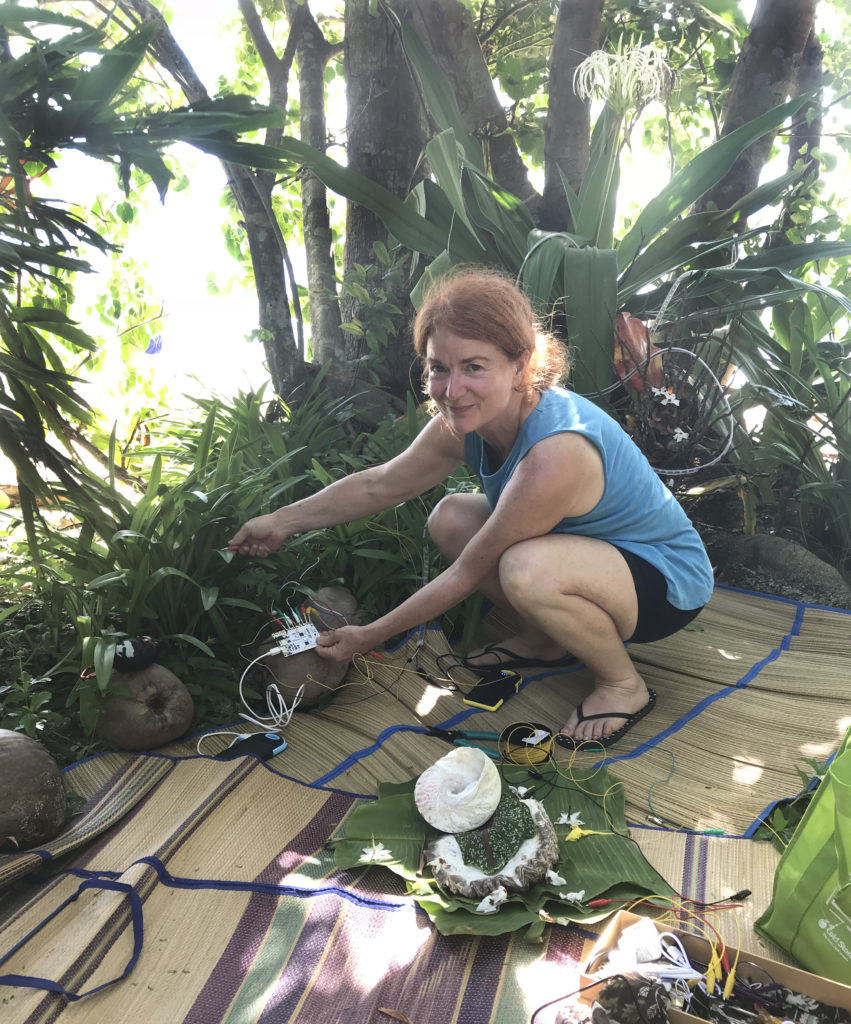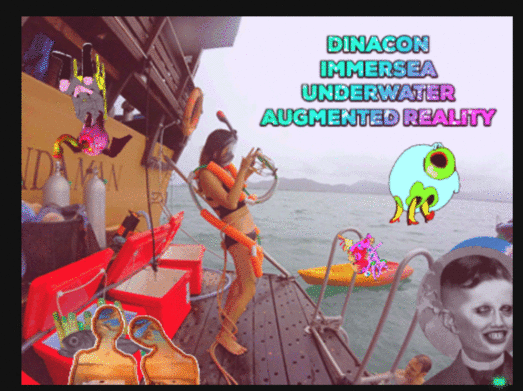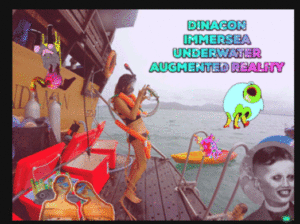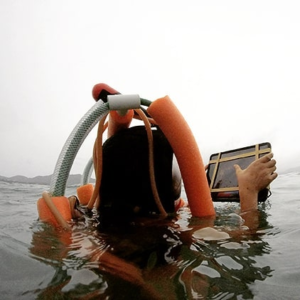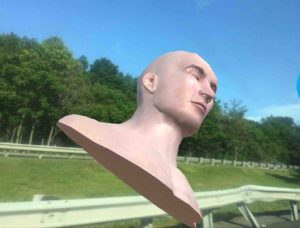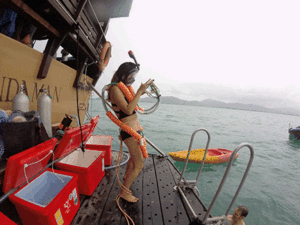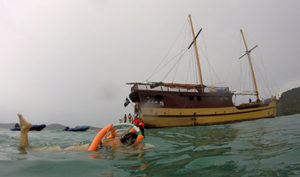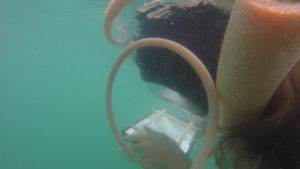WITHIN

In the early 1900s the Panama Canal was forged through the jungles of Panama. This shipping channel became a major factor in the expansion of globalised trade. In many ways, Panama’s Canal Zone represents the epitome of the Anthropocene. Industrial progress rupturing unique ecosystems.

In this setting I was inspired by broken nature. I collected introduced butterfly species, leaves that had been stripped to their skeleton by destructive fungus, dead insects and plant matter. I prepared these samples and photographed their finer qualities under microscope. I also collected a selection of field recordings using a hydrophone, two contact mics and a stereo atmospheric mic. Most audio recordings in Panama’s Canal Zone contain the sounds of engines. Sounds from passing ships, tug boats, dredging machines, cargo trains and light aircraft form the backdrop to birdsongs, monkey calls and frog choirs. The clash of nature and industry is palpable. Finally, I collected data relating to the temperature, light, movement and moisture of different ecosystems. This was done using an Arduino and a series of environmental sensors.

I presented the photo-microscopy images, audio and environmental data in an Open Studio showing at the Digital Naturalism Lab on 17 August 2019. The outcome of this residency was later captured in a 3-minute single channel video work. This video features photo-microscopy and audio recordings from three consecutive environmental art residences that I undertook in 2019 – Digital Naturalism (Gamboa, Panama), LabVERDE (Amazon, Brazil) and the EV Residency (Rio, Brazil).
Video available at: https://pluginhuman.com/art/within/

ABOUT PluginHUMAN
PluginHUMAN is an Australian art-technology duo featuring Dr Betty Sargeant and Justin Dwyer. They have exhibited in Asia, Europe, North America and Australia. PluginHUMAN has an acute understanding of the role that technology plays in contemporary society. Their progressive work places people in the centre of a human to digital encounter. They won a Good Design Award [2018] and a Premier’s Design Award [2017] and are creators-in-residence at the Exertion Games Lab, RMIT University, Australia.

Connect via Instagram: @PluginHUMAN
Connect on Facebook: @PluginHUMAN
